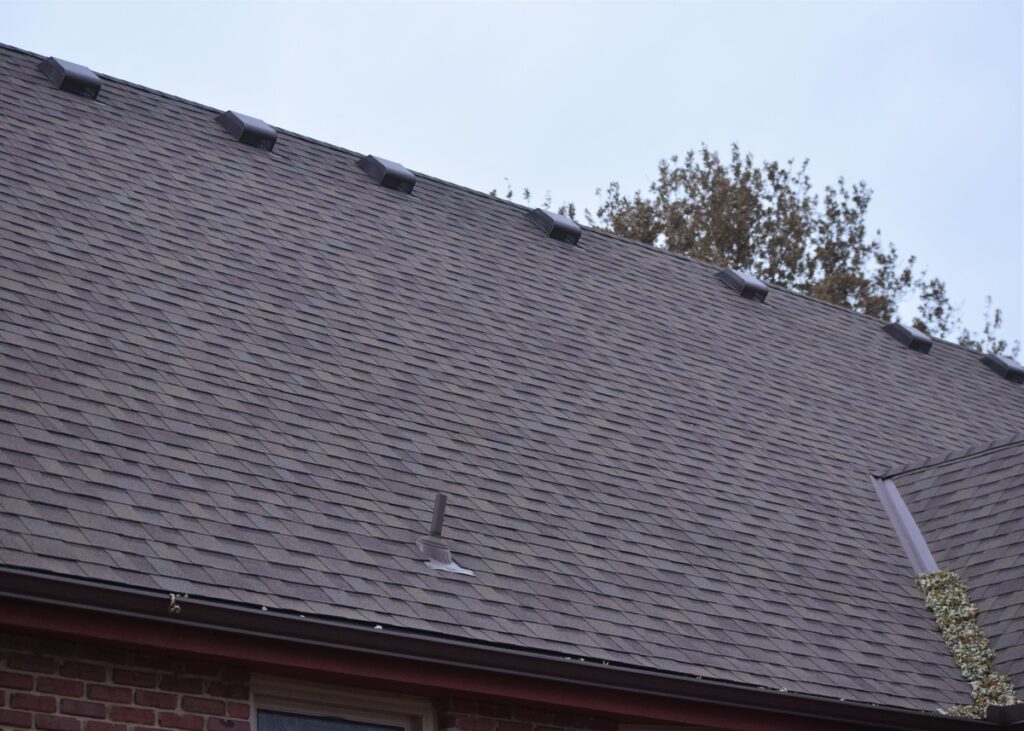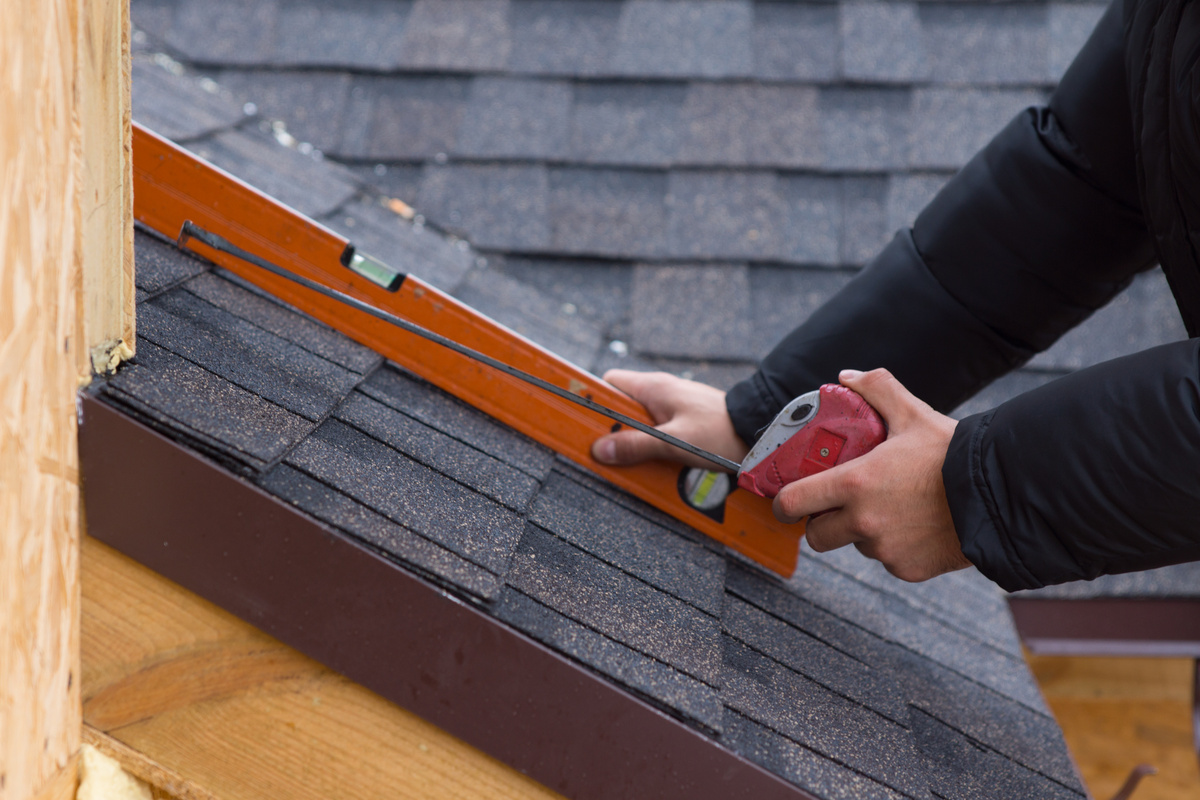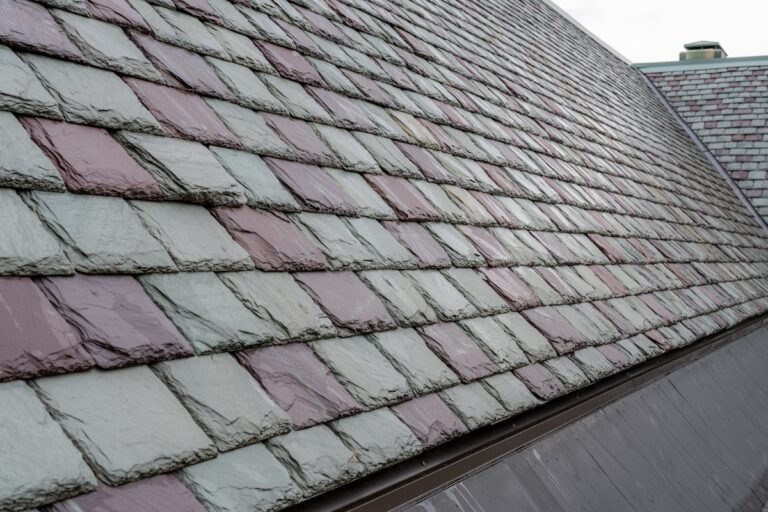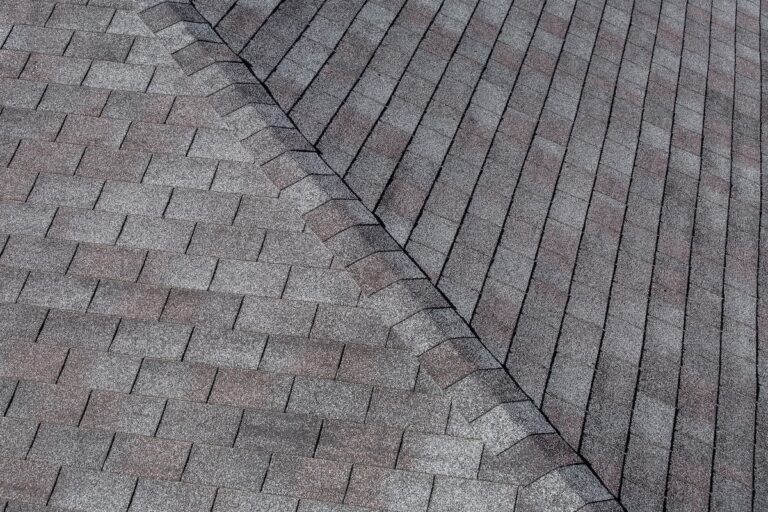When it comes to home improvement, understanding the intricacies of your roof is crucial. One such aspect is the roof pitch. But what exactly is roof pitch, and why should you know about it? This comprehensive guide covers everything from the basics to the more advanced concepts, ensuring you have all the information you need. We’ll be breaking down:
- What the standard roof pitch is
- How to measure roof pitch
- Why it’s good to work with a professional
What is Roof Pitch?

Roof pitch refers to the steepness or slope of a roof. It is usually expressed as a ratio of the vertical rise to the horizontal run. For example, a roof with a rise of 4 inches for every 12 inches of run is said to have a pitch of 4/12. This measurement is critical for various architectural and functional aspects of your home.
Why You Need to Know Your Roof Pitch
Knowing your roof pitch can save you time, money, and headaches in the long run. Here’s why it’s important:
Material Selection
Different roofing materials perform better at different pitches. For instance, asphalt shingles work well on moderate to steep slopes, while metal roofing can be used on lower pitches. Being aware of your roof pitch helps you make informed decisions about the best materials for your home.
Cost Estimation
Roof pitch affects the amount of material required and the complexity of the installation process. Steeper roofs often require more labor and safety precautions, increasing the overall cost of the project. Understanding your roof pitch allows you to budget more accurately.
Compliance with Building Codes
Local building codes often specify acceptable roof pitches for various types of construction. Knowing your roof pitch ensures that your project complies with these regulations, helping you avoid fines and delays.
Safety Concerns
Steeper roofs can pose significant safety risks during maintenance or repairs. Knowing your roof pitch allows you to take appropriate safety measures, protecting yourself and any contractors working on your roof.
How to Calculate Roof Pitch

Calculating roof pitch might seem daunting, but it’s fairly straightforward if you follow these steps:
Tools You’ll Need
- Tape measure
- Level (preferably a 12-inch level)
- Pencil and paper
- Calculator (optional)
1) Measure the Run:
Place the level horizontally on the roof surface. Mark where the level touches the roof.
2) Measure the Rise:
From the mark, measure vertically up to the roof surface. This distance is your rise.
3) Calculate the Pitch:
Use the measurements to calculate the pitch ratio. For example, if your rise is 6 inches and your run is 12 inches, your roof pitch is 6/12.
Bonus Tip: Use an Online Roof Pitch Calculator
Various online tools can calculate roof pitch for you. Simply input your measurements, and the calculator will do the math. This can be particularly useful for complex roof designs.
What Is the Standard Roof Pitch?
The standard roof pitch in residential construction typically ranges between 4/12 and 9/12. Here’s a breakdown of what these numbers mean and how they apply:
Common Roof Pitches
- Low Pitch (1/12 to 3/12):
- Suitable for modern, minimalist designs.
- Requires special considerations for water drainage and material selection.
- Standard Pitch (4/12 to 9/12):
- Most common in residential construction.
- Balances aesthetic appeal with functionality and ease of maintenance.
- High Pitch (10/12 and above):
- Often found in historical or custom homes.
- Offers excellent water drainage but can be more challenging and expensive to construct and maintain.
Regional Variations
The standard roof pitch can vary depending on regional climate and architectural styles. For example, steeper pitches are more common in areas with heavy snowfall, while flatter roofs are typical in warmer, drier climates.
How Roof Pitch Relates to Roof Replacement
When it’s time to replace your roof, understanding your roof pitch becomes even more critical. Here’s how it impacts the replacement process:
Choosing the Right Materials
As mentioned earlier, different materials perform better at different pitches. For example:
- Asphalt Shingles: Ideal for pitches between 4/12 and 9/12.
- Metal Roofing: Can be used on low to steep pitches but may require additional considerations for water runoff.
- Tile Roofing: Best suited for steeper pitches due to its weight and water-shedding properties.
Estimating Costs
Steeper roofs typically require more safety equipment and labor, increasing the overall cost of replacement. Knowing your roof pitch helps you get accurate estimates from contractors, allowing you to budget more effectively.
Ensuring Proper Installation
Proper installation is crucial for the longevity and performance of your new roof. Understanding your roof pitch allows you to communicate effectively with your contractor, ensuring that they use the right techniques and materials for your specific slope.
—
Why You Should Get Professional Assistance in Determining Roof Pitch
While calculating roof pitch can be a DIY project, there are several reasons to consider professional assistance:
Accuracy
Professionals have the experience and tools necessary to measure roof pitch accurately, ensuring that your calculations are correct. This accuracy is crucial for material selection, cost estimation, and compliance with building codes.
Safety
Working on a roof can be dangerous, especially if you’re unfamiliar with the proper safety precautions. Professionals are trained to work safely at heights, reducing the risk of accidents and injuries.
Expert Advice
Professionals can provide valuable insights and recommendations based on their experience. Whether you’re selecting materials, estimating costs, or planning a replacement, their expertise can help you make informed decisions.
Peace of Mind
Hiring a professional gives you peace of mind, knowing that your project is in capable hands. This reduces stress and allows you to focus on other aspects of homeownership.
Steep Roof Pitch? Low Slope Roofs? We Can Handle It All.
Understanding roof pitch is essential for homeowners and DIY enthusiasts alike. From selecting the right materials and estimating costs to ensuring proper installation and compliance with building codes, knowing your roof pitch can save you time, money, and headaches.
For personalized assistance and expert guidance on your roofing project, book a consultation with one of our experienced professionals at Johnson Restoration today. Let’s ensure your home is both beautiful and functional, from the ground up to the roof!






